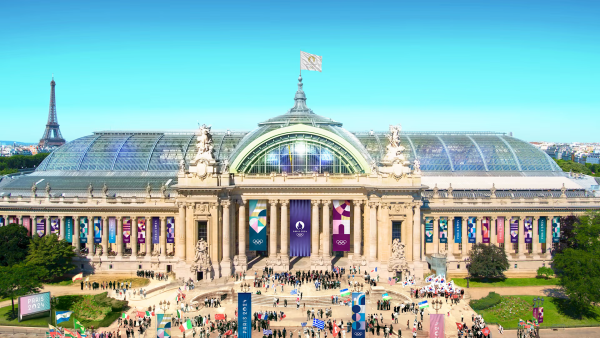Votre panier est vide
Besoin d'inspiration ?
Rendez-vous dans le programme en ligne du GrandPalais
Article -


The Renaissance was also an artistic movement. There was a genuine revival in art during this period. Styles varied considerably according to country, but some common features can be noted: a search for realism; the use of perspective; and the quest for light, new techniques and fresh subjects. These are the innovations indicating the break with the art of the Middle Ages.
Art in the medieval period represented flat figures without volume, placed side by side on uniform backgrounds. The shapes and colours were more symbolic than real. For instance, the most important figure was bigger than the others. Renaissance artists were concerned about representing their scenes in a realistic way rather than according to rules. Like the Greeks and Romans they admired, they set about studying the human body by using live models to accurately reproduce their proportions. They paid great attention to nature and incorporated their figures into landscapes.

The new science of perspective gave the illusion of a third dimension, emphasizing the realism of the scene. Painters would from now on use perspective with a single vanishing point to give depth to the work. Since Antiquity painters had tried to create this effect but it was Brunelleschi who came up with the mathematical solution. The first to transfer this interest to architectural works was Masaccio. He painted a Trinity for the Santa Maria Novella church in Florence. The fresco’s scene seems to unfold inside a real chapel.
Painters did not buy tubes of paint but instead prepared their own colours based on pigments from plants and minerals. In the Middle Ages they crushed them finely with some egg white to make a paste. The material dried very quickly! They had to paint rapidly and could not go back to a work. The Flemish painter Jan Van Eyck is said to have invented, or at least perfected, a new pictorial technique in the early 15th century: oil painting. He replaced the egg with oil. The paste then took longer to dry, so he had more time and could work with greater precision. Oil-based colours gave the paintings intense luminosity and made it possible to work with transparent layers.

The Renaissance is often associated with a search for light. It is found in painting as well as architecture. Buildings were actually like fortresses with thick walls and narrow windows. Gothic churches softened these walls by adding vaults and arches. The stained glass windows allowed coloured light to flood into the building. In the 15th and 16th centuries all the openings were enlarged. Large bay windows punctuated the facades to open up the houses to the outside and allow light to penetrate. The system of organizing buildings into floors with regular openings is a model still used today.
The arts would no longer restrict themselves to religious subjects. While these were still common, secular themes also began to appear. They show the important place given to man during the Renaissance. Portraits became more widely used. Reading ancient texts prompted great patrons to commission paintings with mythological subjects. These myths were well-known in the Middle Ages, but they became very popular during the Renaissance. Sandro Botticelli, one of the greatest Florentine painters, was renowned for his huge mythological canvases. He sang the praises of beauty through their goddesses.

Votre panier est vide
Besoin d'inspiration ?
Rendez-vous dans le programme en ligne du GrandPalais
See content : 'Les métamorphoses du Grand Palais': a France 5 and france.tv documentary to watch again!

Article -
The Grand Palais is completing the biggest renovation project in its history. For the past two years, director Stefan Cornic has been tracking this metamorphosis with his camera, giving an overview of the multiple events that have taken place in the building since it was inaugurated in 1900. A documentary to watch again and again on France 5 and france.tv!
See content : From Paris 1900 to Paris 2024: the Grand Palais and its Nave, an architectural jewel restored right on time to meet sportsmen and women!

Article -
A regular venue for artistic and cultural events for over a century, the Grand Palais is reopening its majestic restored Nave for the Paris 2024 Olympic and Paralympic Games to become the place for fencing and taekwondo events! And don't forget: this is...
See content : Meanwhile, on the building site, the Grand Palais is back in full colour

Article -
A monument of stone, glass and metal, the Grand Palais blends into the urban landscape. However, on closer inspection, it is in fact bursting with colour, and one of the challenges of the restoration work currently underway is to restore all its chromatic...